
5 Houseplants You (Probably) Can’t Kill
Live houseplants can make a home more attractive and welcoming and may even provide health benefits. Have you resisted the urge to grow indoor plants because you don't think you're capable?
Don’t give up! The solution involves selecting nearly indestructible houseplants. Here are five hardy specimens that can withstand neglect.
So pick your favorites, find your green thumb, and improve your interior atmosphere!
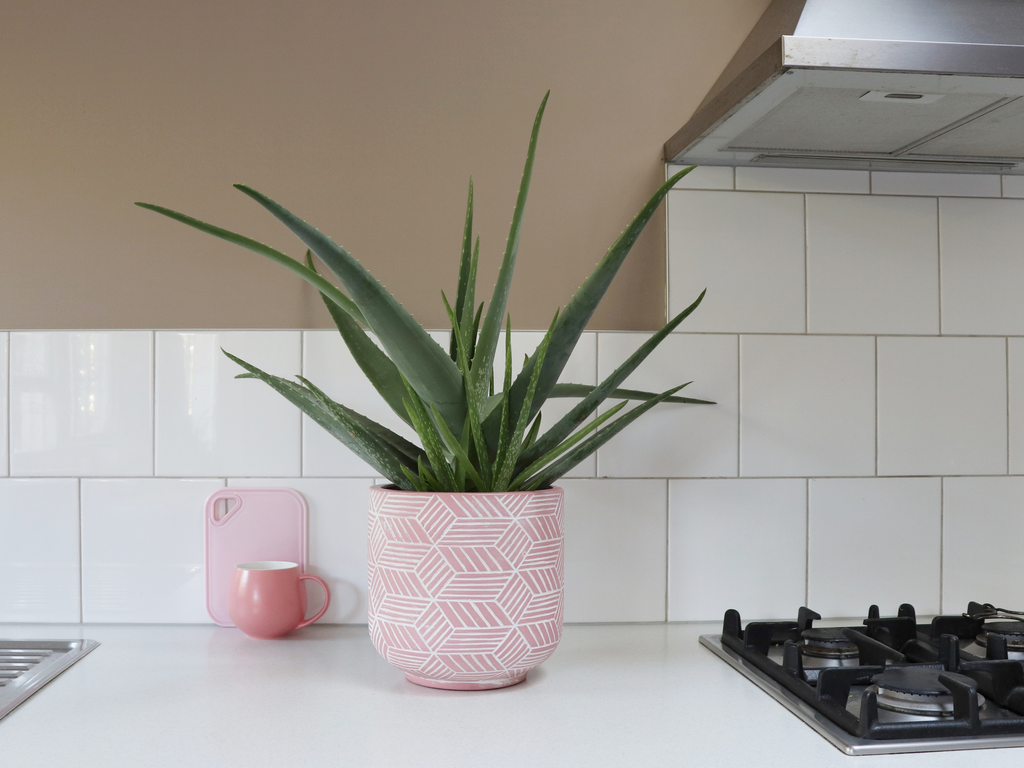
Aloe
Aloe is a succulent that prefers infrequent watering—roughly every two to three weeks. Let the soil dry out completely since too much water will rot its roots.
In addition to being resilient, aloe also offers medicinal qualities. Minor scrapes and burns heal faster if you apply the juice from its thick, fleshy leaves.
Aloe prefers strong, indirect natural light, but will survive in rooms that offer bright artificial lighting.
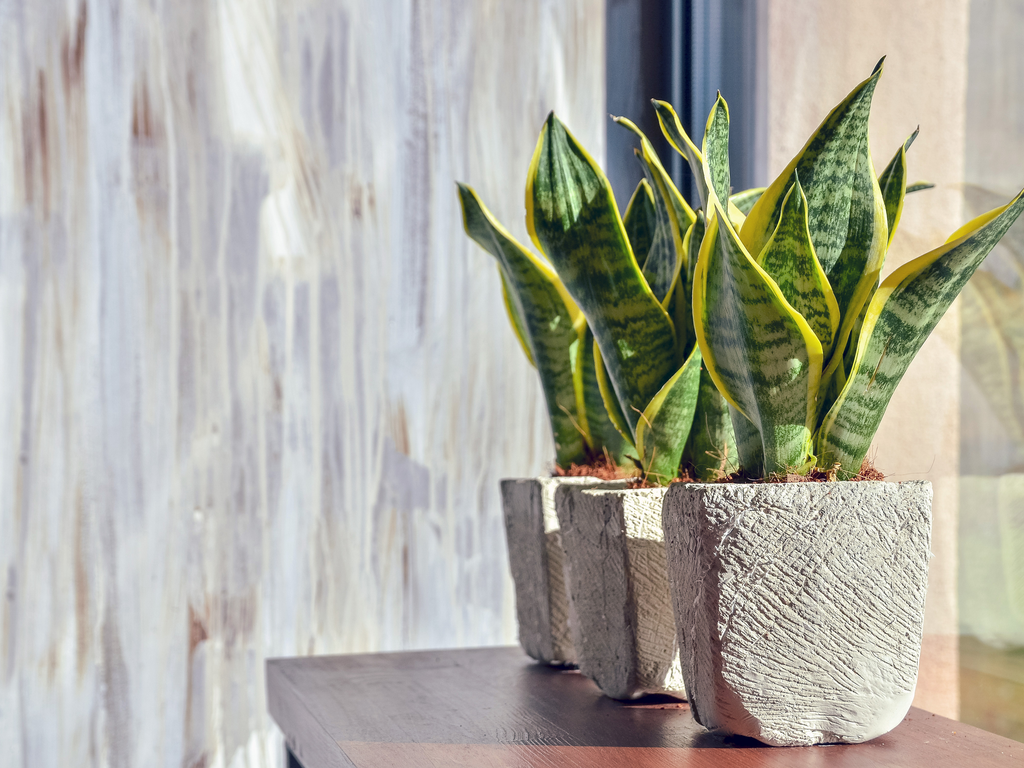
Snake Plant
This plant, another succulent, loves to be ignored. It’s so persistent that it gained the nickname “Mother-in-Law’s Tongue.” Its long, thick, leaves grow straight out of the ground.
Snake plant doesn’t mind being root-bound, so you won’t have to repot it often. It also survives an amazing amount of abuse.
One homeowner reports rescuing a snake plant from an office where workers tossed cold coffee into the poor plant’s pot for years. The soil was so hard that she had to chisel it away before repotting. Now, over 30 years later, the plant is still thriving!
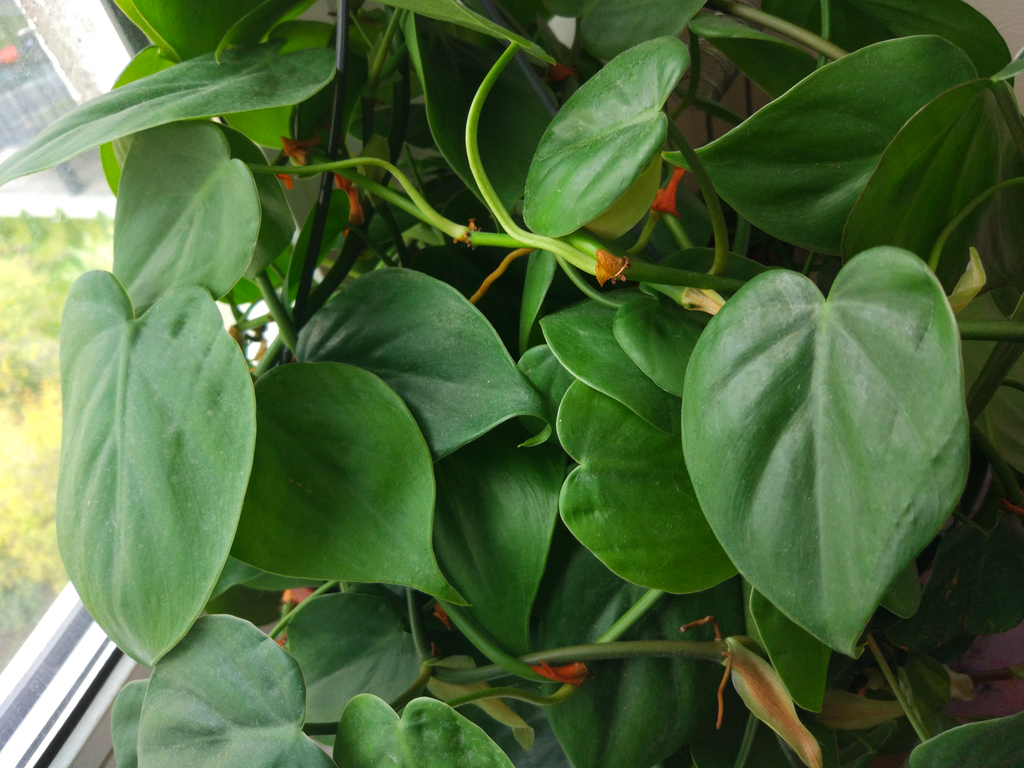
Philodendron
For soft, glossy greenery with a tropical vibe, consider a philodendron. This vining plant includes varieties with solid green or variegated heart-shaped leaves.
It grows rapidly, even under challenging conditions. Although strong indirect sunlight is best, philodendrons will survive in rooms with little to no natural light.
Philodendron prefers medium moisture and humidity but will tolerate low water conditions. If it’s deprived of water for long periods, however, it will lose leaves. If this occurs, it’s best to clip back long, spindly stems to encourage new growth.
Philodendron will trail across the top of furniture, look great in hanging pots, and grow on trellis structures to create a tall display of greenery.
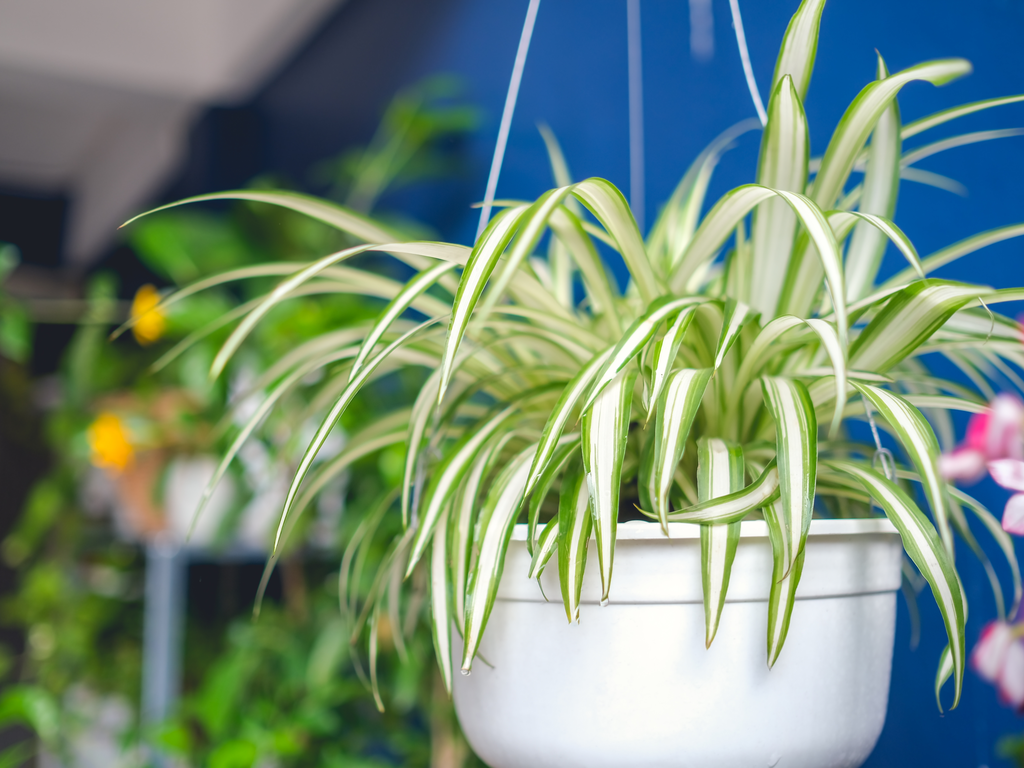
Spider Plant
Named for its spider-like shape, this white and green striped plant has long, thin leaves. It’s a self-propagator that forms baby spider plants at the end of long stalks, which can easily be transplanted into other pots to spread around your home. Or, share them with family and friends and show off your new green thumb.
Too little water is better than too much. Spider plants prefer to be watered from the bottom, so place their pot in a bowl or sink with a couple of inches of water and let the plant pull the water up.
To avoid root rot, let the soil dry completely before watering again. Unlike a philodendron, a spider plant requires a location with plenty of natural light.
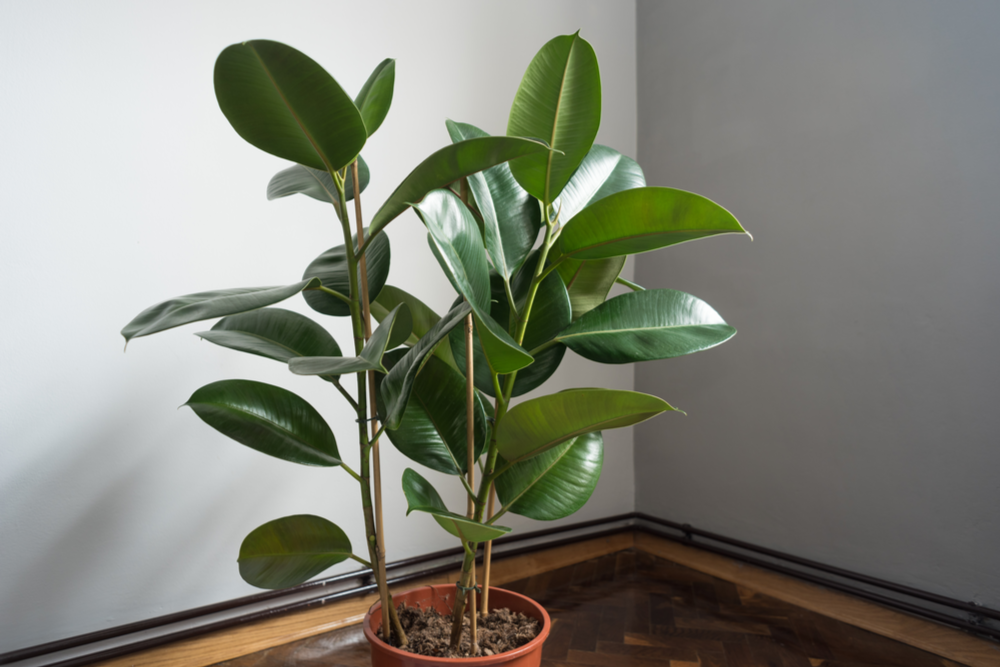
Rubber Plant
Looking for a plant with larger leaves and an upright, tree-like appearance? Consider a rubber plant. Like many other hardy houseplants, rubber plants prefer parched soil between watering.
The plant’s leaves will turn burgundy-red when placed in intense light conditions and remain green in lower light. Indirect sunlight is best since its leaves will scorch in direct sunlight.
The leaves of a rubber plant are big enough to get visibly dusty. To help them look their best, wipe the largest leaves with a damp cloth so the plant can absorb more light and moisture.
Other Tips
Whichever type of virtually indestructible houseplant you select, be sure you plant it in a pot that allows drainage and use soil that drains well.
It’s also a good idea to keep houseplants out of pets’ reach since many indoor plant varieties are toxic to dogs and cats.
Once you find success with one houseplant, branch out and try others. Soon, your house will be a lush, green habitat for you and yours.
